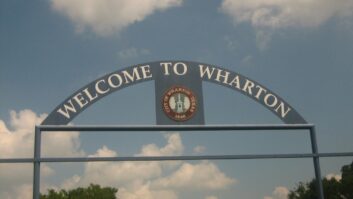The Engineers for the Integrity of Broadcast Auxiliary Services Spectrum has petitioned the FCC to let Part 74 Remote Pickup users license off-the-shelf digital radios and preserve the future of analog RPU using narrowband channel splits.
EIBASS says the proposed changes would allow BAS RPU licensees a significant cost benefit while also allowing greater operational flexibility. If approved, commercially available, off-the-shelf Part 90 digital radios could then be used for Part 74 RPU dispatch and other operations, according to Hammett & Edison’s Dane Ericksen, who co-chairs the group along with Richard Rudman, now of Remote Possibilities.
The group of 12 engineers specifically advocates for the protection of BAS before regulators. “We must also make sure licensees can continue to operate wideband RPU systems that are still needed to convey better quality audio for rebroadcast or/and where analog modulation must be used to avoid real-time digital latency for broadcast operations,” said Ericksen.
In the petition, EIBASS proposes new channel split designations, and shows how the present designations have not only resulted in a number of returned applications, but have forced some licensees to stretch interpretation of the existing provision for temporary RPU operations in Part 74.24.
According to Ericksen, reconciling Part 74 RPU channel designations with Part 90 Land Mobile led to a frustrating situation that is costing broadcasters money, time and operational flexibility. EIBASS also wants the FCC to allow any type of digital modulation in Part 74 spectrum, as long as current interference protections are in place and there is a way to identify digital signals if interference does occur.
In the petition, EIBASS states: “It should be noted that Part 74 Subpart D RPU channels have special characteristics that make them different than conventional ‘two-way’ frequencies in Part 90. Specifically, Part 74 Subpart D channels have sufficient bandwidth to provide broadcast quality program material to Part 73 broadcast stations. Since Section 90.415(a) of the Part 90 PLMRS rules prohibits stations in that service from transmitting program material of any kind, Part 74 Subpart D spectrum is the only option for broadcast quality audio. Although broadcast licensees are eligible to be licensed for Part 90 frequencies, this use is limited by rule to dispatching and other ‘housekeeping’ uses.”
EIBASSS hopes broadcasters will support its petition when the FCC assigns the document a rulemaking number, adds Ericksen.










